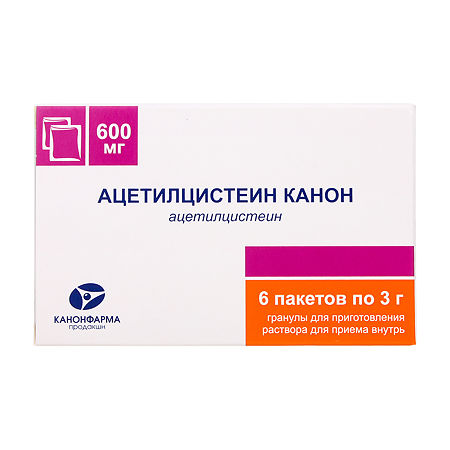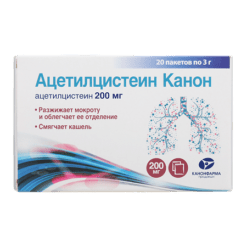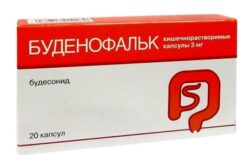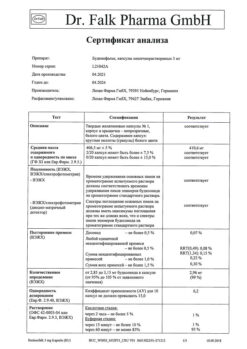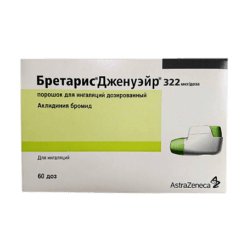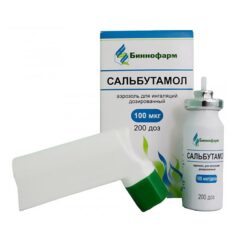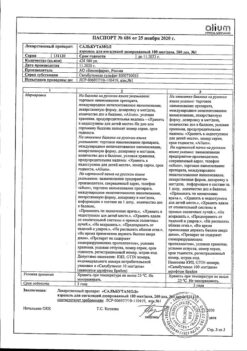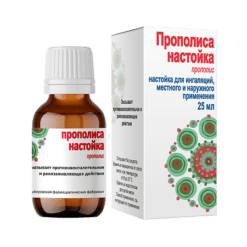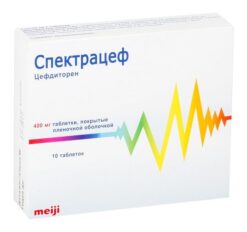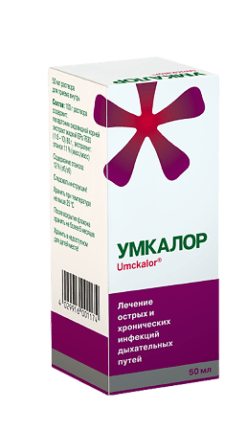No products in the cart.
Acetylcysteine Canon, 600 mg 6 pcs
€1.00
Out of stock
(E-mail when Stock is available)
Description
Pharmacotherapeutic group: mucolytic agent.
ATX code: R05CB01.
Pharmacological properties
Pharmacodynamics
Acetylcysteine is a mucolytic, expectorant agent used to thin phlegm in respiratory diseases. Acetylcysteine is a derivative of the natural amino acid cysteine (N-acetyl-L-cysteine). It has a strong mucolytic effect and belongs to the class of direct mucolytics.
The action of acetylcysteine is associated with the ability of free sulfhydryl group to break intra- and intermolecular disulfide bonds of aggregates of sputum glycoproteins, resulting in depolarization of mucoproteins, providing a strong diluent effect and reducing the viscosity of mucus. Acetylcysteine exhibits mucolytic activity against any type of sputum – mucous, mucopurulent, purulent. Acetylcysteine increases secretion of less viscous sialomucin by bocalytic cells, reduces bacterial adhesion on the epithelial cells of the bronchial mucosa. It stimulates bronchial mucosa cells, the secret of which lyses fibrin.
Acetylcysteine dilutes sputum, increases its volume, facilitates sputum separation and significantly softens cough.
Acetylcysteine protects alpha1-antitrypsin (elastase inhibitory enzyme) from the loss of activity that can occur as a result of exposure to HOCL, a powerful oxidizing agent produced by myeloperoxidase enzyme of active phagocytes.
Acetylcysteine easily penetrates into the cell and is deacetylated, releasing
L-cysteine, an amino acid necessary for the synthesis of glutathione, which is an essential factor of intracellular protection against exogenous and endogenous oxidative toxins and various cytotoxic substances. This feature of acetylcysteine provides an opportunity to use it effectively in acute paracetamol poisoning and other toxic substances (aldehydes, phenols and others).
Mucolytic properties of acetylcysteine begin to appear within
1 – 2 days from the beginning of therapy. When preventive use, acetylcysteine reduces the frequency and severity of exacerbations of chronic bronchitis and cystic fibrosis.
Pharmacokinetics
After oral administration acetylcysteine is quickly and almost completely absorbed in the digestive tract. In the liver it is metabolized to cysteine (pharmacologically active metabolite) and diacetylcysteine, cystine and further to mixed disulfides. Bioavailability of acetylcysteine after oral administration is about 10% due to a pronounced “first pass” effect through the liver. Maximum drug concentration (Cmax) after oral administration is reached after 1-3 hours. In the body acetylcysteine and its metabolites are determined in different forms: partially as a free substance, partially bound to plasma proteins, partially as incorporated amino acids. It is excreted almost completely in the form of inactive metabolites (inorganic sulfates, diacetylcysteine) by the kidneys. Only a small amount of acetylcysteine is excreted unchanged through the intestine. The plasma elimination half-life (T½) is approximately 1 hour and depends on the rate of biotransformation in the liver. In hepatic insufficiency it may increase up to 8 hours. Acetylcysteine may pass through the placental barrier and accumulate in amniotic fluid.
Indications
Indications
Acetylcysteine is used to treat respiratory diseases accompanied by the formation of viscous sputum difficult to separate:
Active ingredient
Active ingredient
Composition
Composition
How to take, the dosage
How to take, the dosage
Interaction
Interaction
Special Instructions
Special Instructions
Contraindications
Contraindications
Side effects
Side effects
Overdose
Overdose
Similarities
Similarities
Additional information
| Shelf life | 2 years. |
|---|---|
| Conditions of storage | Store at a temperature not exceeding 25 ° C. Keep out of reach of children. |
| Manufacturer | Kanonfarma Production ZAO, Russia |
| Medication form | granules for preparation of oral solution |
| Brand | Kanonfarma Production ZAO |
Other forms…
Related products
Buy Acetylcysteine Canon, 600 mg 6 pcs with delivery to USA, UK, Europe and over 120 other countries.

